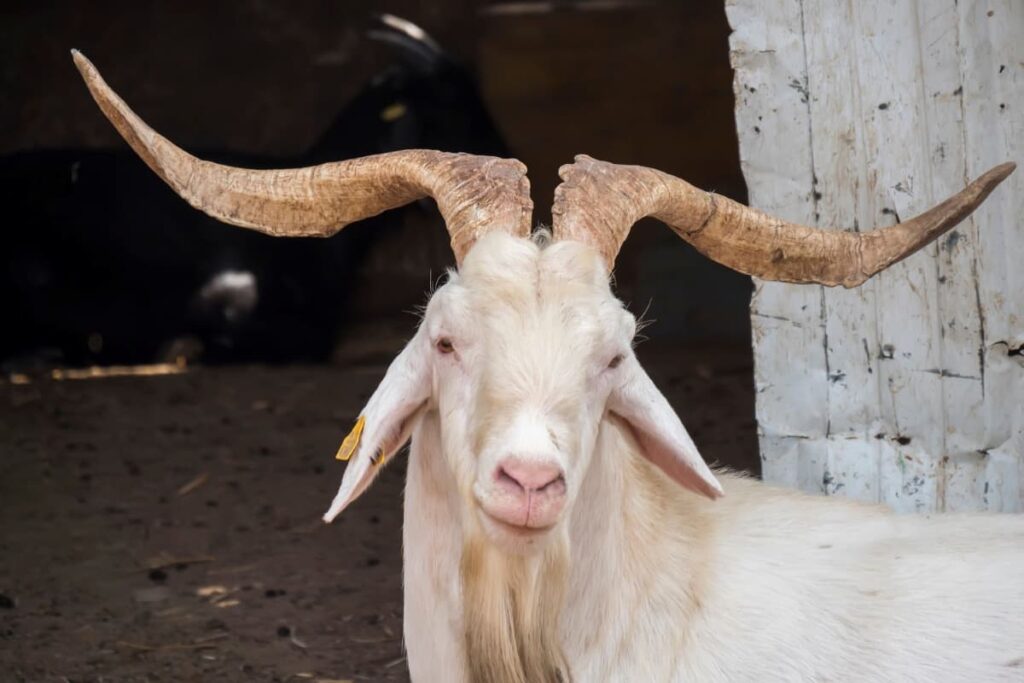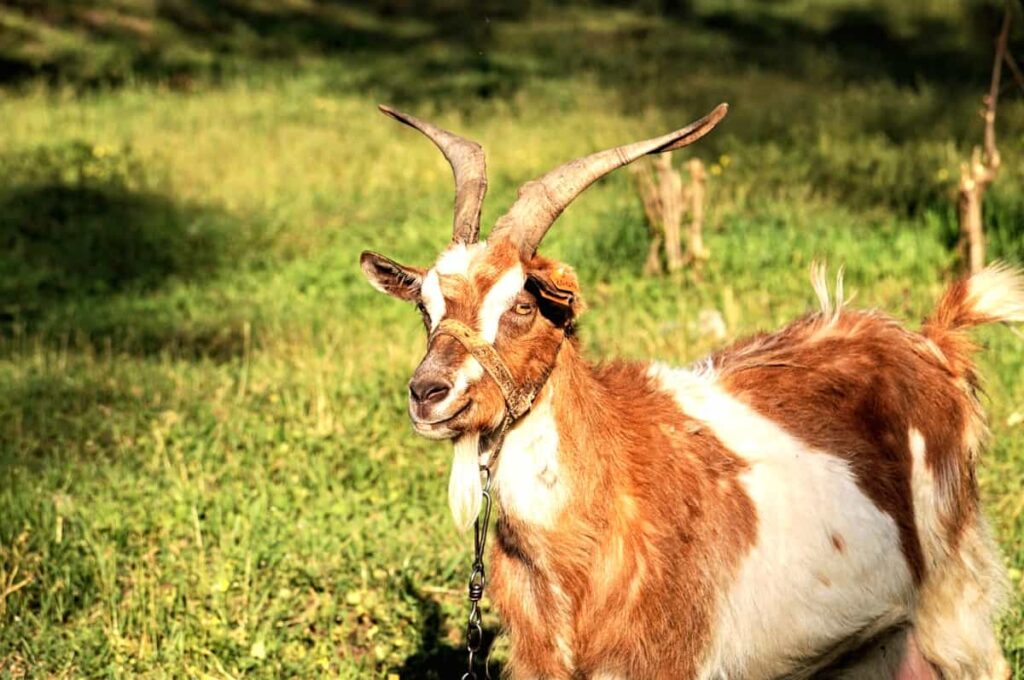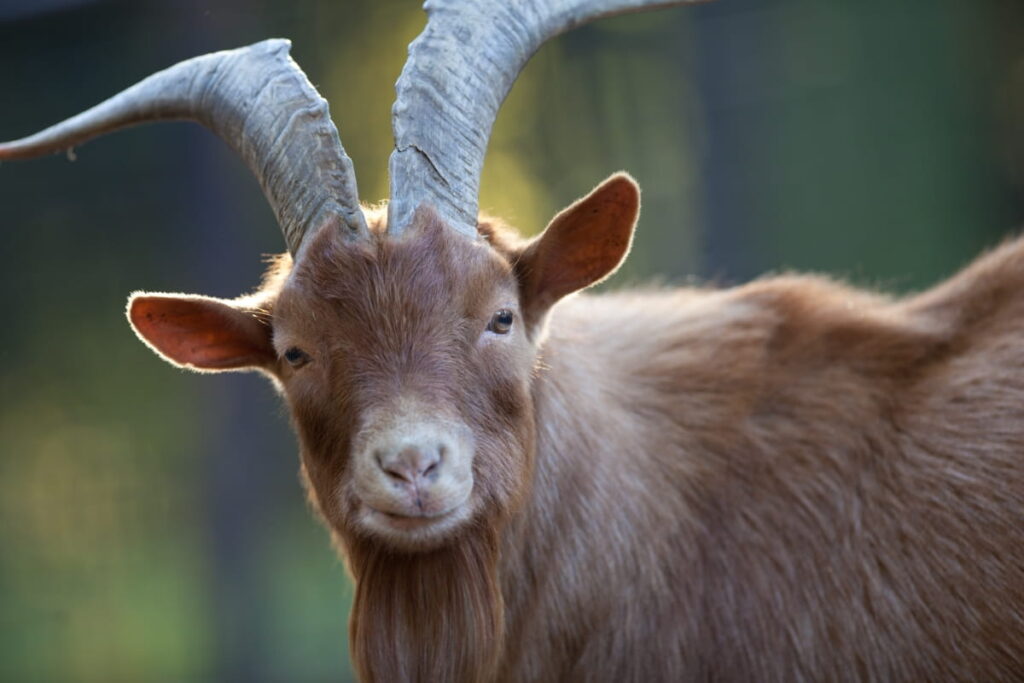Raising Rove Goats comes with several benefits that make them a valuable addition to any farm or homestead. These goats are known for their hardy nature and adaptability to various climates, making them an ideal choice for both beginner and experienced farmers alike.

Overview and History
The Rove goat, a breed originating in France, boasts a rich history and an intriguing backstory. Believed to be one of the oldest breeds of goats, the Rove has been cherished for centuries by farmers and herders alike. Its unique characteristics and adaptability have made it a valuable asset in various agricultural settings.
As agriculture practices evolved, so did the role of the Rove goat. From being prized for its milk production to serving as a source of high-quality meat, this breed has played a crucial part in sustainable farming practices throughout history. They are known for their hardiness, agility, and adaptability to a range of environmental conditions, making them well-suited for extensive grazing in semi-arid and mountainous regions.
Physical Characteristics
Rove Goats are known for their medium-to-large size. They have a muscular build with strong legs. Their coats come in various colors, such as shades of brown, black, and white, often with unique markings. The distinctive feature of Rove Goats is their long, twisted horns that curve backward. These horns add to their majestic appearance and also serve as a defense mechanism in the wild. Additionally, they have alert ears and expressive eyes that reflect their intelligent nature.
The breed has a straight profile with a broad forehead and wide-set eyes. Their bodies are well-proportioned, with deep chests and strong backs. The overall look of the Rove Goat exudes elegance and strength, making them stand out among other goat breeds. These unique creatures come with some impressive stats, with does weighing in at 100-120 pounds and bucks at 150-200 pounds; they are a hardy breed known for their adaptability and versatility.
Temperament and Behavior
Rove Goats are known for their intelligence and curious nature. They are independent animals that enjoy exploring their surroundings. These goats have a playful side, often engaging in social interactions with each other and their human caretakers. Rove Goats can be quite vocal, communicating through various bleats and calls. They are also known to be adaptable to different environments, making them suitable for a variety of settings. While they may exhibit some stubbornness at times, they respond well to patient training and positive reinforcement.
In case you missed it: Ultimate Guide to Malwa Goat: Explore from Origin to Management Practices

Breeding and Reproduction
Breeding Rove goats involves careful selection of breeding stock to maintain the breed’s desirable traits, such as robustness, resistance to diseases, and adaptability to harsh conditions. Breeding usually occurs naturally, with bucks (male goats) mating with does (female goats) during the breeding season, which typically occurs in the fall.
Gestation in Rove goats lasts around 150 days, after which the doe gives birth to one or two kids. The kids are typically weaned after a few months and reach sexual maturity at around six to eight months of age. Proper management of breeding, nutrition, and healthcare is essential to ensure the health of the Rove goat herd.
Raising Tips
To ensure the health and well-being of your goats, here are some essential tips to keep in mind. Provide ample space for your Rove Goats to roam and graze. These goats are known for their active nature and need plenty of room to exercise. Ensure that your Rove goats have access to fresh water at all times. Hydration is important to maintaining good health in these animals.
Additionally, make sure to provide proper shelter from the elements. Rove Goats are hardy creatures but still require protection from extreme weather conditions. Regular veterinary check-ups are crucial in managing any potential health issues that may arise. Establish a consistent feeding schedule with a balanced diet rich in nutrients essential for goat health.
Health and Care
Regular health check-ups are essential to ensure their well-being and observe any potential issues early on. Providing a clean and dry living environment is crucial to prevent diseases and infections. Maintaining a good diet rich in fiber, vitamins, and minerals is important for goats’ health.
In case you missed it: How AI is Useful in Goat Farming: Precision Practices with AI-Driven Solutions

It’s important to monitor their weight and adjust feeding accordingly. Adequate access to fresh water at all times is non-negotiable for optimal hydration. Regular grooming helps to maintain their coats healthy and free from parasites. Additionally, ensuring they have ample space for exercise promotes physical fitness and mental stimulation.
Diet/Feed and Nutrition
A well-balanced meal plan is essential for their health and overall well-being. These goats thrive on high-quality forage such as grasses, legumes, and browse. It’s important to provide them with access to fresh water at all times to keep them hydrated. Supplementing their diet with minerals and vitamins is crucial to ensure they are getting all the nutrients they need.
Additionally, offering hay can help meet their fiber requirements and aid in digestion. Avoid feeding them moldy or spoiled food, as it can lead to health issues. During colder months when grazing may be limited, providing hay or other roughage can help maintain their nutritional needs. Remember that each goat has individual dietary requirements, so monitoring their intake and adjusting accordingly is key to keeping them healthy.
Habitat and Living Conditions
Rove goats are well-suited to a semi-arid Mediterranean climate and are often found in rugged, mountainous terrain with sparse vegetation. They have adapted to thrive in such environments, where they forage on a variety of vegetation, including shrubs, grasses, and herbs. Rove goats can withstand a wide range of temperatures and environmental conditions. However, they require access to clean water, adequate shelter from extreme weather, and suitable grazing areas to maintain their health and well-being.
Uses
Milk Production: Rove goats are known for their high-quality milk, and it is rich in fat and protein. The milk is used to make various dairy products such as cheese, yogurt, and soap.
Meat Production: While not as commonly raised for meat as some other goat breeds, Rove goats provide a source of lean, flavorful meat that is prized in traditional Provencal cuisine.
Fiber: Rove goats produce a coarse but durable fiber that is used in the production of textiles, such as rugs and ropes.
Management practices for Rove Goats would encompass various aspects such as breeding, nutrition, healthcare, and general welfare. They are adaptable to various climates, and their ability to thrive on rough forage. Raising Rove goats can be a rewarding endeavor for those with a passion for sustainable farming and animal husbandry.
Note: The images presented in this post are intended solely for representation purposes. The images are meant to serve as visual aids and should not be relied upon as accurate representations of their real-life counterparts.
- Types of Grass Growing for Goat Farm
- How to Train Goats for Milking: A Beginners Guide
- Goat Milking Practices and Equipment: A Beginner’s Guide
- Goat Farming for Fiber: Producing Mohair and Cashmere
- Maximizing Goat Milk Production: Tips for Dairy Goat Farmers
- Goat Farming as a Family Business: Strategies for Success
- Profitable Kenya Goat Breeds for Commercial Dairy and Meat Business
- Unlock the Secrets of Oberhasli Goat: Discover Raising and Management Practices
- Ultimate Guide to Myotonic Goats: Explore Profile to Raising